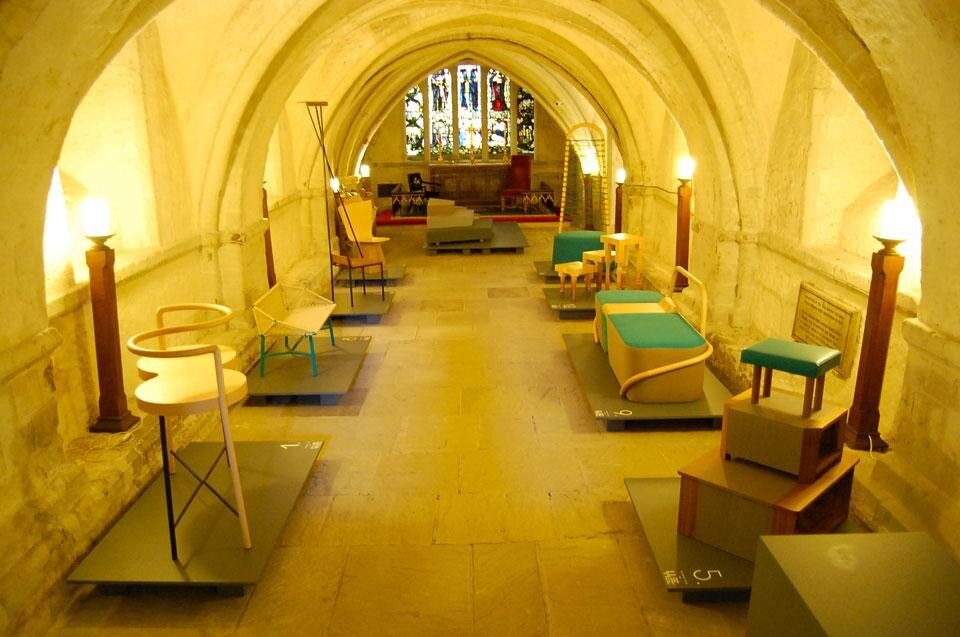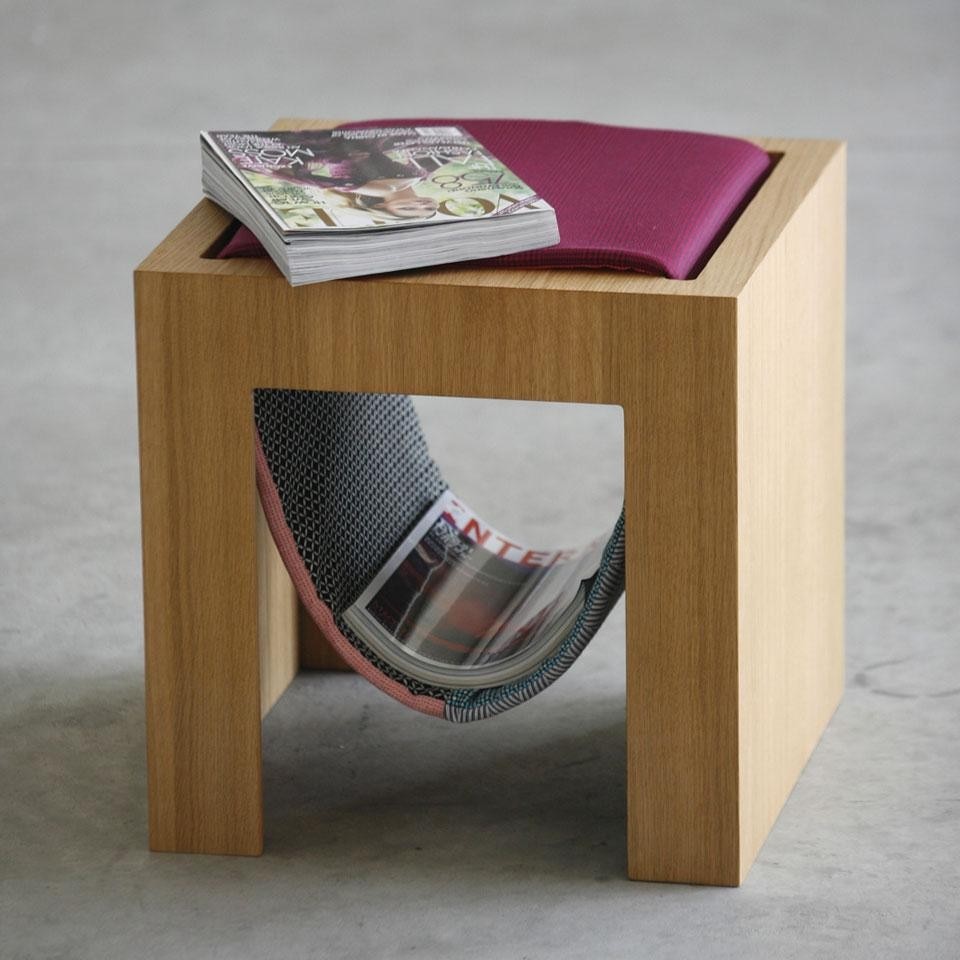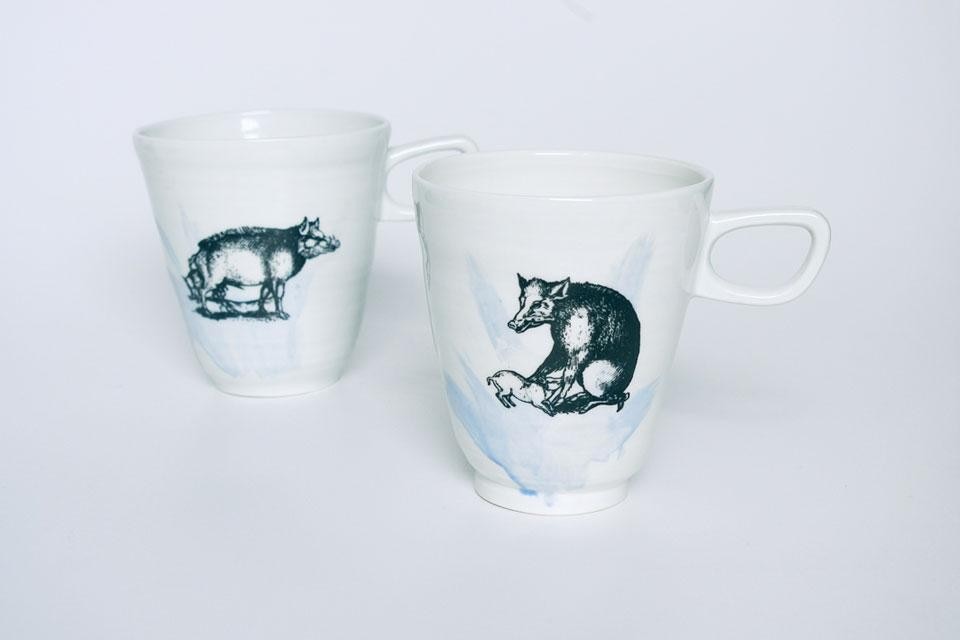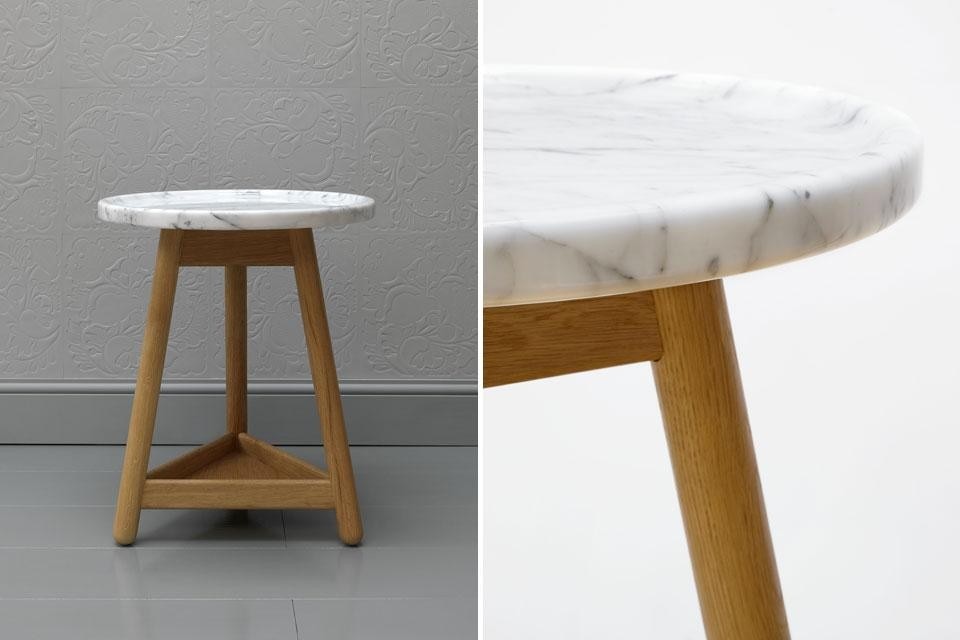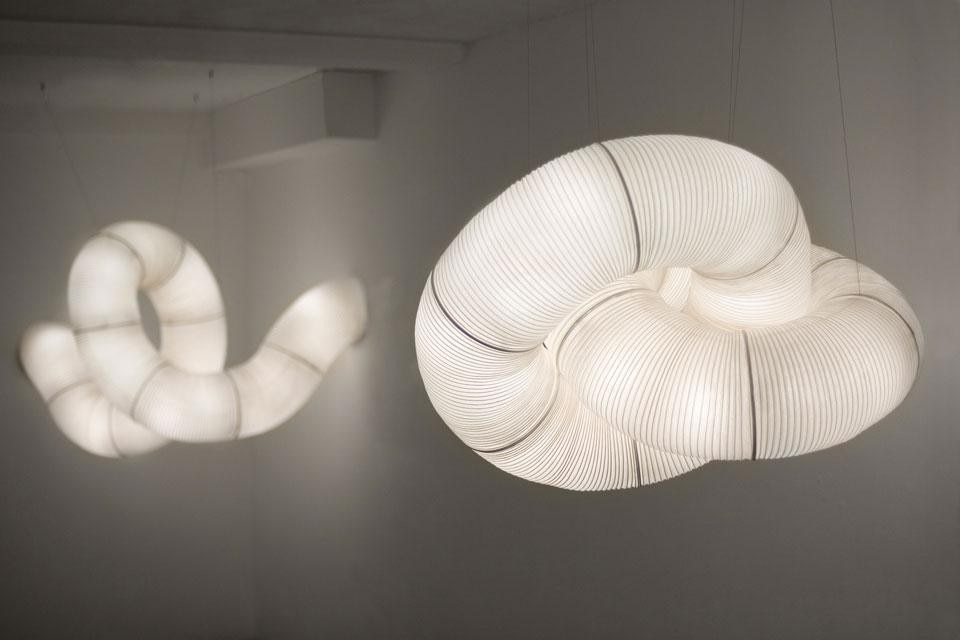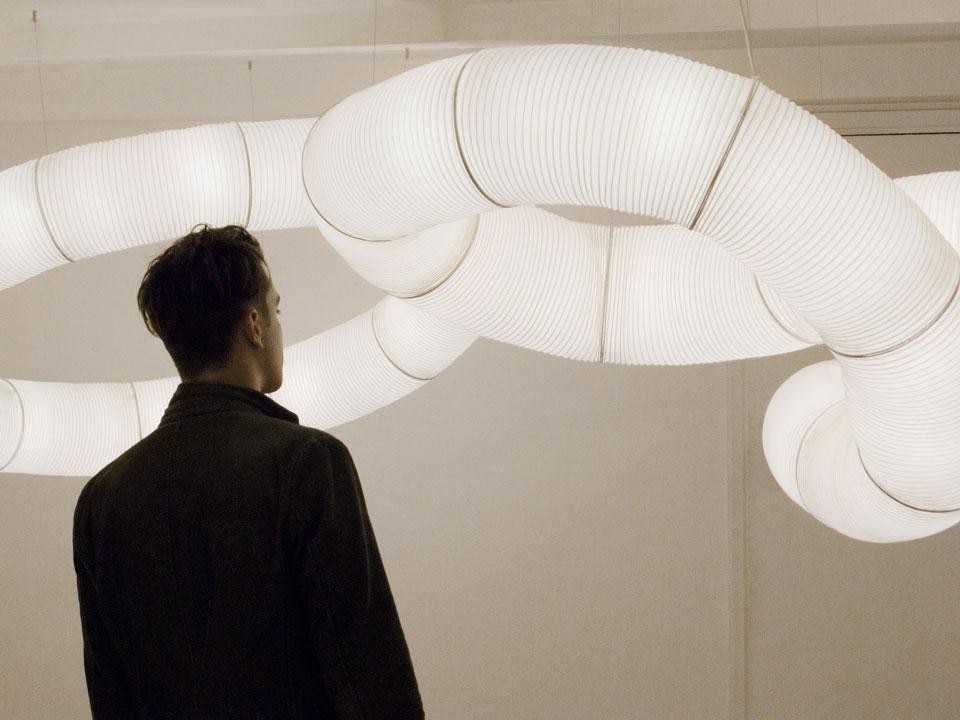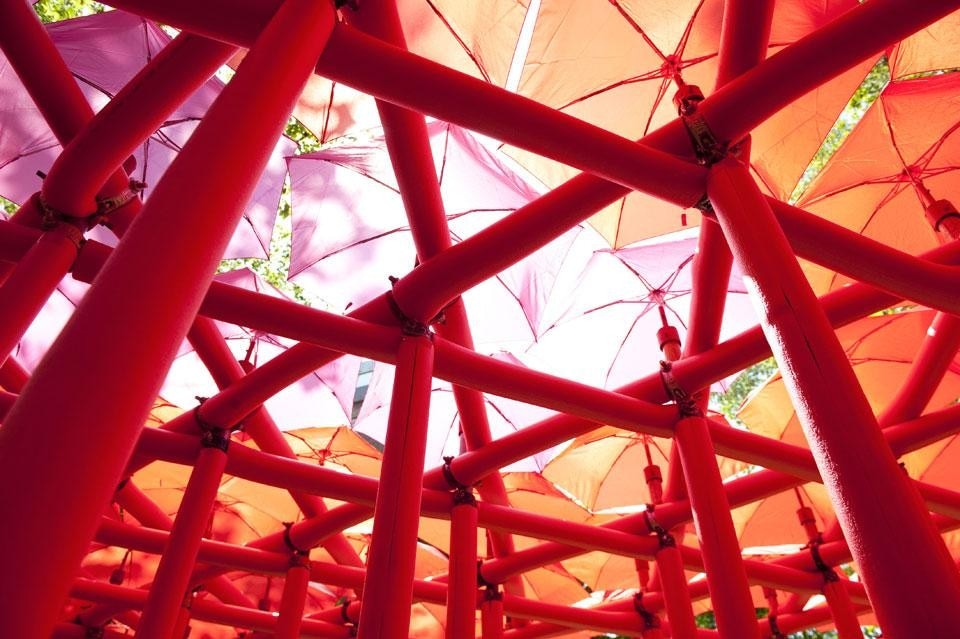Now in its third year, Clerkenwell is part of a growing number of British design weeks alongside Cheltenham, Liverpool and the London Design Festival. Clerkenwell may be the smaller of the city's two festivals, but it is growing fast. This year saw the biggest-ever international participation of over twenty countries including Australia, Portugal and Sweden, and the number of venues to accommodate them has expanded accordingly.
These venues reflect the area's strong architectural heritage, and are one of the reasons why Clerkenwell is worth visiting. The festival's hub is the 19th century Farmiloe building, the former home of a lead and glass merchant. While the building's courtyard was largely given oven to a display of cars by Jaguar, the festival's sponsor, its interiors were transformed into shops and showrooms for brands such as Artemide, Muuto and Ligne Roset. Lighting was a dominant theme here; suspended from the roof was Beau McLellan's six-metre long Fluid chandelier, while Anthony Dickens' prototype of his Tekio modular lighting system, based on traditional Japanese paper lanterns, took up one of the windows.
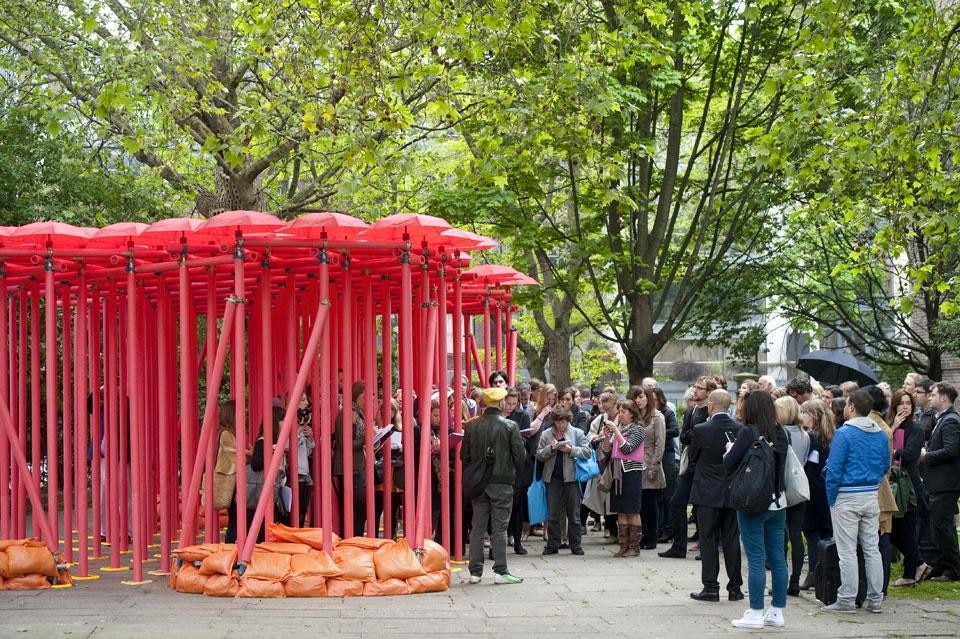
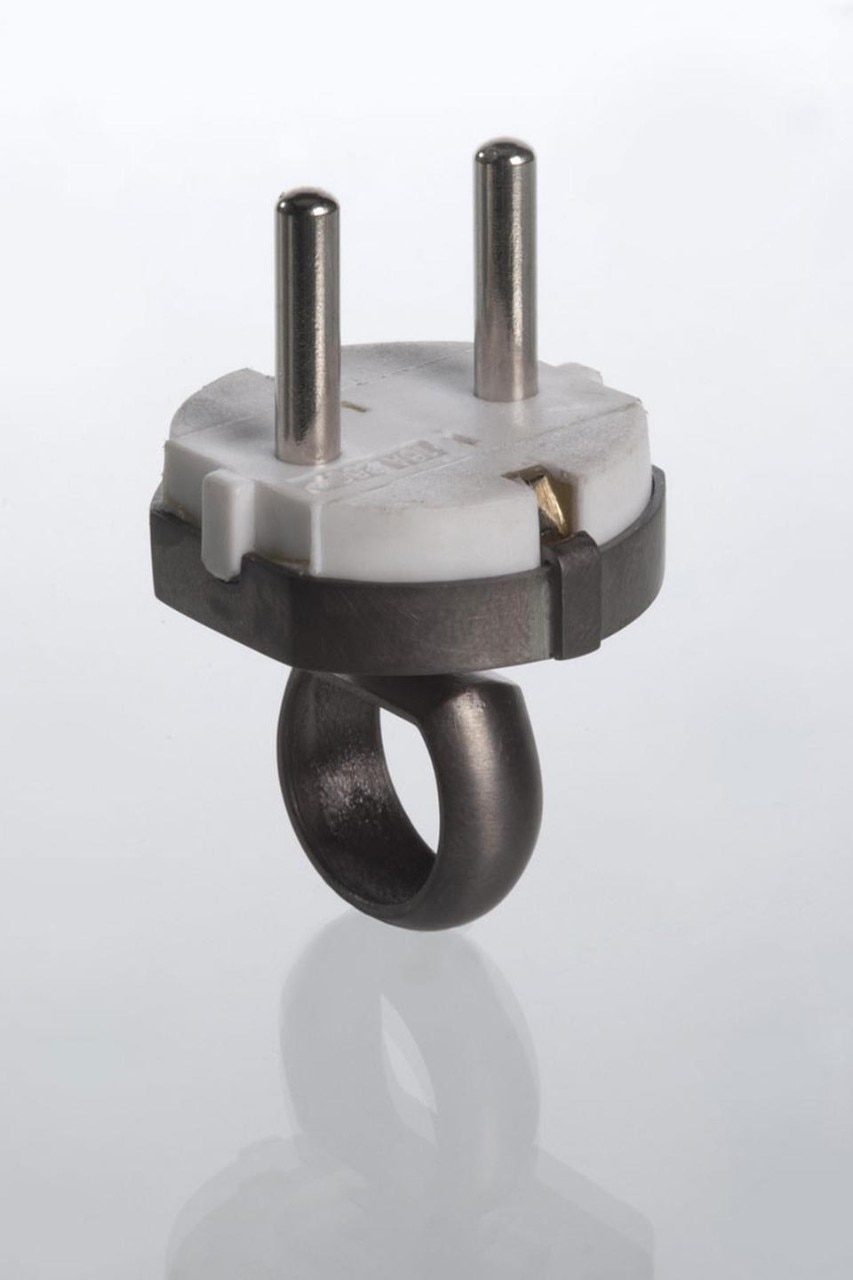
Exploring the area's historic streets to visit its various exhibitions and events makes Clerkenwell an engaging design festival to experience
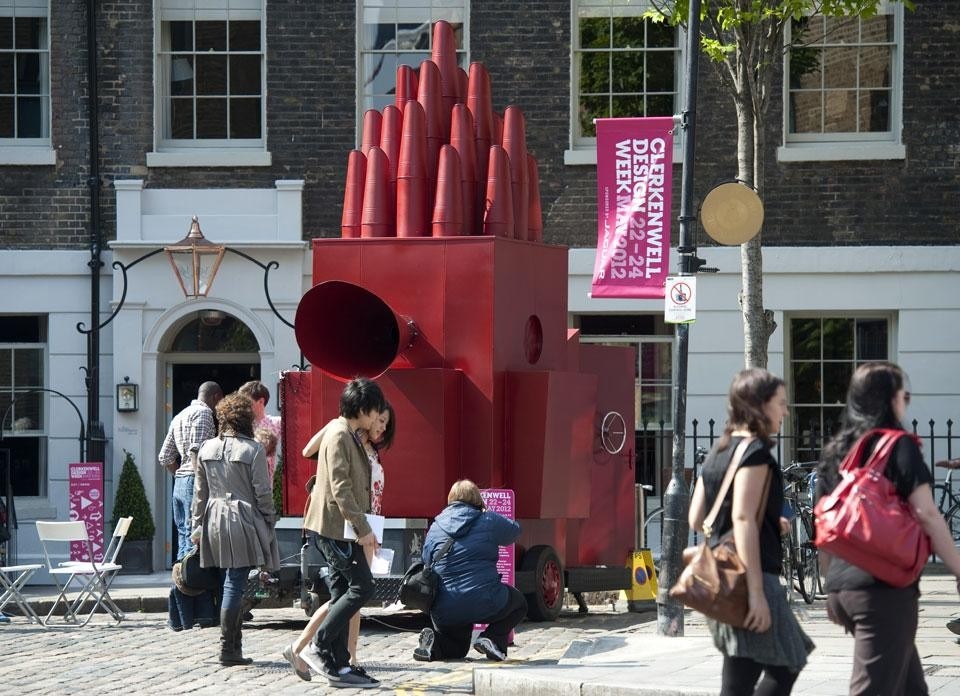
1.jpg.foto.rmedium.jpg)
